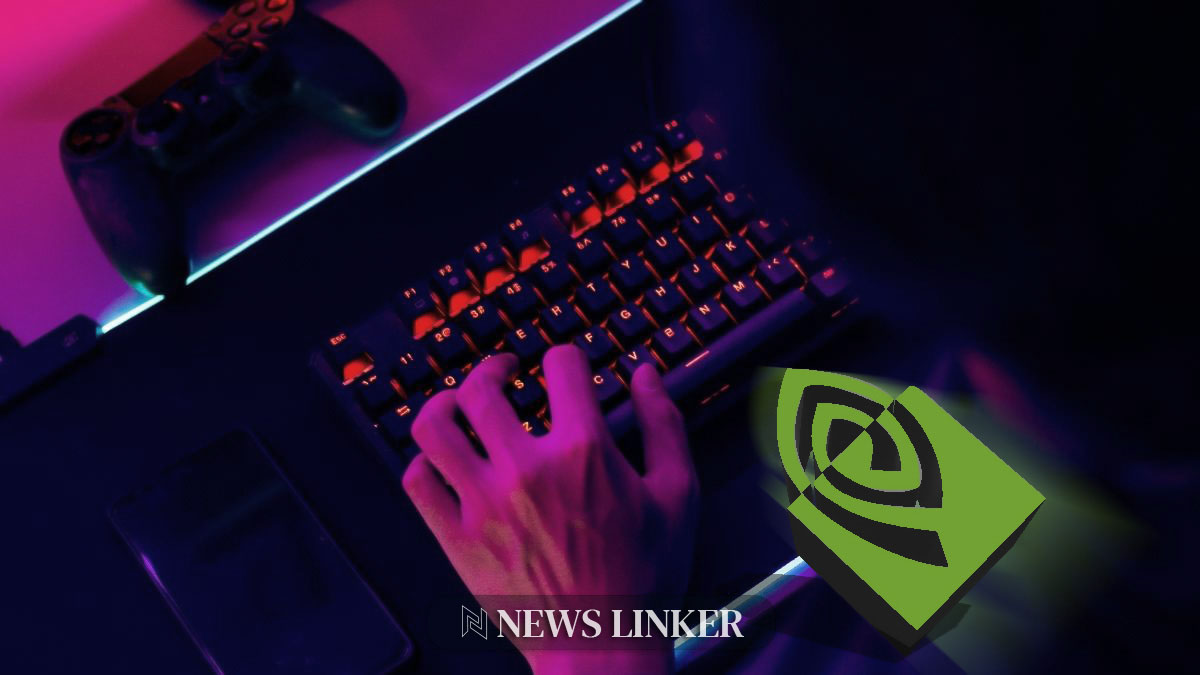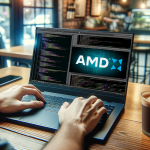In a significant leap towards enhancing surgical precision, NVIDIA and a consortium of academic researchers are collaborating to develop ORBIT-Surgical. This innovative simulation framework aims to train robots to assist surgical teams, thereby reducing the cognitive burdens on surgeons. The partnership involves researchers from the University of Toronto, UC Berkeley, ETH Zurich, and Georgia Tech, who are working alongside NVIDIA to bring this technology to life. The initiative represents a major step forward in merging robotics with medical science, promising quicker and more accurate surgeries.
ORBIT-Surgical: A Revolutionary Framework
ORBIT-Surgical is a comprehensive simulation framework designed to enhance the capabilities of robotic surgical assistants. Launched by NVIDIA and several academic institutions, ORBIT-Surgical employs NVIDIA Isaac Sim for designing, training, and testing AI-based robots. Utilizing reinforcement learning and imitation learning algorithms trained on NVIDIA GPUs, the framework supports a range of surgical maneuvers. These include precision tasks such as grasping small objects and transferring them between robotic arms, aiming to replicate the delicate skills required in laparoscopic surgeries.
Enhanced Training with NVIDIA Omniverse
The development team employed NVIDIA Omniverse to create photorealistic renderings, facilitating the generation of high-fidelity synthetic data. This data is crucial for training AI models in tasks like segmenting surgical tools from real-world videos. The Intuitive Foundation’s da Vinci Research Kit (dVRK) played a pivotal role in demonstrating how a digital twin trained within the simulator performs real-world surgical tasks effectively. The open-source code package for ORBIT-Surgical is now available on GitHub, encouraging broader community involvement.
Insights and Inferences
– Robots trained with ORBIT-Surgical can perform surgical tasks with high precision.
– The use of NVIDIA GPUs significantly accelerates the training process.
– Synthetic data generation enhances AI model accuracy for surgical applications.
At the IEEE International Conference on Robotics and Automation (ICRA) in Yokohama, Japan, the researchers presented their findings, highlighting the framework’s potential to revolutionize surgical training and practice. ORBIT-Surgical’s ability to execute complex tasks underlines the advancements in AI and robotics, showcasing how technology can augment human skills in critical medical procedures. By leveraging GPU acceleration, the framework dramatically reduces the time required for training, making it a valuable tool in medical education and practice.
Contrasting previous developments in surgical robotics, ORBIT-Surgical’s emphasis on simulation and AI integration marks a departure from purely mechanical advancements. Earlier efforts primarily focused on enhancing the physical capabilities of surgical robots without the same level of sophisticated AI training. This new approach not only improves precision but also offers a scalable solution for training multiple robots simultaneously, a significant limitation of earlier models. The collaborative nature of this project also represents a shift towards more integrative research endeavors.
Comparing this initiative with previous robotic surgery frameworks reveals a significant leap in both the methodology and the potential applications of the technology. Traditional robotic surgery systems required extensive manual programming and lacked the adaptability offered by modern AI techniques. ORBIT-Surgical’s reliance on reinforcement learning and synthetic data sets it apart, providing a more flexible and efficient training model. This advancement suggests a future where surgical robots can continuously learn and adapt, vastly improving patient outcomes.
ORBIT-Surgical’s introduction of benchmark tasks for surgical training is another noteworthy advancement. These tasks include both one-handed and two-handed maneuvers, simulating real-world surgical scenarios. The framework’s ability to render photorealistic images and generate synthetic data not only speeds up the training process but also improves the accuracy of AI models used in surgery. This dual benefit of efficiency and precision positions ORBIT-Surgical as a pioneering tool in the realm of surgical robotics.
The project’s implications extend beyond the immediate sphere of surgical training. By demonstrating the viability of AI-driven, GPU-accelerated robotic training, ORBIT-Surgical opens new avenues for research in other fields requiring high precision and dexterity. Future iterations of this technology could potentially be adapted for applications ranging from industrial automation to intricate laboratory procedures, making it a versatile tool for advancing various sectors.










